Breast augmentation
Breast enlargement using an implant.
Cancer
The uncontrolled abnormal division of cells.
Chemotherapy
Treatment for cancer with powerful (cytoxic) drugs by mouth or injection, under the care of a consultant oncologist. Side effects can include sickness, tiredness, hair loss and mouth ulcers.
Chest Xray
An xray investigation to determine whether cancer has spread to the lungs. It is also used, prior to surgery, to check that the patient is well enough to undergo a general anaesthetic.
Clinical Oncologist Consultant
A specialist in radiotherapy treatment for cancer.
Consultant Radiologist
A doctor who specialises in interpreting x-rays, mammograms and ultrasound imaging of the breast.
Core biopsy
A breast needle biopsy, carried out under local anaesthetic, to obtain a small piece of tissue for examination (histopathology); this can also be carried out under x-ray or ultrasound control.
Chromosome
Chromosomes are microscopic structures, found in the nuclei of cells. The nucleus of most human cells contains 2 sets of chromosomes, one from each parent. Every human has 24 distinct chromosomes, including the X and Y sex determining chromosomes.
Chronic mastitis
Also known as benign breast disease, or fibrocystic disease. This is where there is a discrete lump (fibroadenoma) or general lumpiness in the breast causing discomfort. There may be a discharge from the nipple and it tends to be worse pre-menstrually.
Clinical Oncologist
A specialist in radiotherapy, chemotherapy and hormone therapy treatment for cancer.
Cyst
A common cause for a breast lump consisting of a fluid-filled space within the breast.
Cytologist
A doctor, who specialises in looking at cells using a microscope.
Cytology
The assessment of breast cells under a microscope to look for abnormalities.
Ductal Carcinoma In Situ (DCIS)
A very early form of breast cancer, which can be referred to as a pre-malignant (pre-cancerous) condition. It develops only within the milk ducts and cannot spread.
Family History
The occurrence of breast cancer within members of a family which may, or may not, pre-dispose the patient to breast cancer.
Fat Necrosis
A condition in which an area of fat in the breast becomes hard and nodular. It can occur after breast trauma. This is a benign condition but can sometimes mimic breast cancer. It usually occurs in women with large breasts.
Femara (letrozole)
Femara is a type of hormonal therapy that is used in the treatment of breast cancer in women who have had their menopause. It is an aromatase inhibitor.
Fine needle aspiration cytology (FNAC)
The removal of cells from the breast for assessment (cytology) using a thin needle and a syringe.
Fibroadenoma
A benign solid breast lump found mainly in young women. It is thought to result from increased sensitivity to oestrogen.
Galactocoele
A blocked milk duct leading to a cystic collection of milk, usually associated with breast feeding and childbirth.
Genes
Genes comprise particles of DNA, packaged in chromosomes. They determine when and where the body makes each of the many thousands of proteins required for life and instruct cells in their growth and function. Humans have 20-30,000 genes. Researchers hunt for disease associated genes has resulted in a number being identified, including some that are pre-determiners for cancer. Better understanding of the function of genes and their contribution to disease is leading to increasingly improved treatments.





